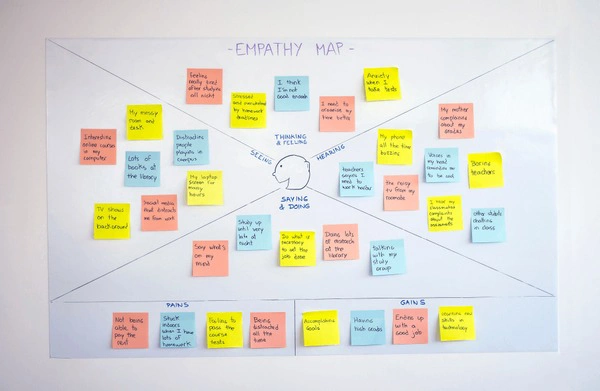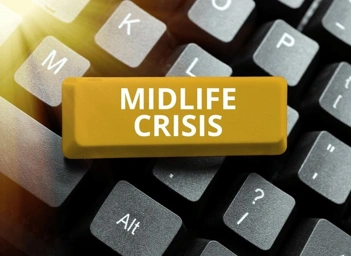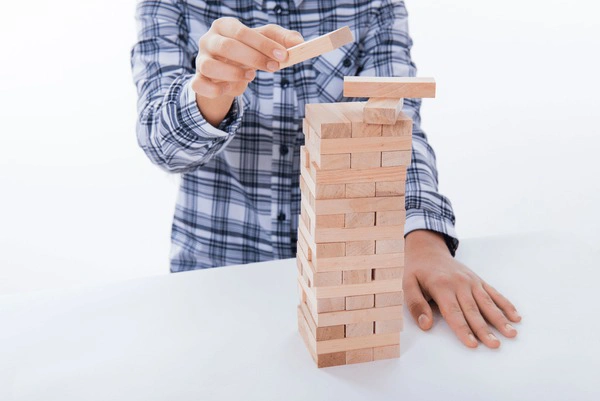
Navigating Emotional Attachment and Clutter: A Guide to Letting Go
Emotional attachments often complicate the decision to declutter, as items hold sentimental value and memories. Recognizing and addressing these emotional barriers can lead to more effective decluttering and improved emotional well-being. This guide provides insights and strategies to help individuals let go of clutter, fostering a more organized and intentional lifestyle.
Emma Hartfield
13/11/2024 - 7 months ago

Understanding Emotional Attachment to Clutter
Emotional attachment to items often stems from memories, sentiments, or personal history associated with them. These attachments can make it challenging to part with objects, even those no longer serving a practical purpose. Research indicates that emotional attachments to items can significantly affect decision-making, leading some individuals to hold onto clutter beyond its usefulness.
Many people find comfort in their possessions, viewing them as extensions of their identity or markers of significant life events. This perspective can create a psychological barrier to decluttering, as letting go might feel like losing a part of oneself. Studies show that addressing emotional barriers can lead to more effective decluttering, helping individuals to separate sentiment from practicality.
Experts suggest that a positive mindset facilitates more successful decluttering experiences. By shifting focus from loss to the potential for emotional well-being, individuals can approach the process with optimism. Understanding the psychology behind attachments can help individuals make informed choices, leading to a more organized and stress-free living environment.
- Read Also: The Role of Psychology in Smart Investing
Steps to Overcome Emotional Barriers
The first step in overcoming emotional barriers is recognizing the emotions tied to specific items. By acknowledging these feelings, individuals can begin to separate their emotional value from their functional value. This process requires honesty and self-reflection, which can be challenging but ultimately rewarding.
Creating a plan can also aid in this process. Setting realistic goals and timelines for decluttering can make the task seem less overwhelming. Breaking down the process into manageable steps allows for gradual progress, making it easier to part with items over time. Emotional well-being can improve substantially through the process of letting go, as individuals feel a sense of accomplishment with each step taken.
It is also helpful to enlist the support of friends or family. Having someone to talk to about the emotional challenges can provide comfort and encouragement. Sharing the experience with others can help reinforce the decision to declutter and make the process more enjoyable. This communal approach can transform decluttering from a solitary task into a shared journey towards a more harmonious living space.
Benefits of a Decluttered Space
A decluttered space can have numerous benefits, both physically and mentally. It often leads to a cleaner, more organized home environment, reducing stress and increasing productivity. Individuals who have successfully decluttered report feeling lighter and more at ease, as their surroundings reflect a sense of order and simplicity.
Beyond immediate physical benefits, decluttering can also foster personal growth. By letting go of unnecessary items, individuals learn to prioritize what truly matters, gaining clarity and focus. This newfound clarity can extend into other areas of life, promoting better decision-making and enhancing overall well-being.
Ultimately, the practice of decluttering can lead to a more intentional lifestyle. By understanding and addressing the emotional attachments to clutter, individuals can create a living space that supports their values and goals. This aligns with the broader pursuit of a balanced and fulfilling life, where possessions serve the individual rather than the other way around.


















